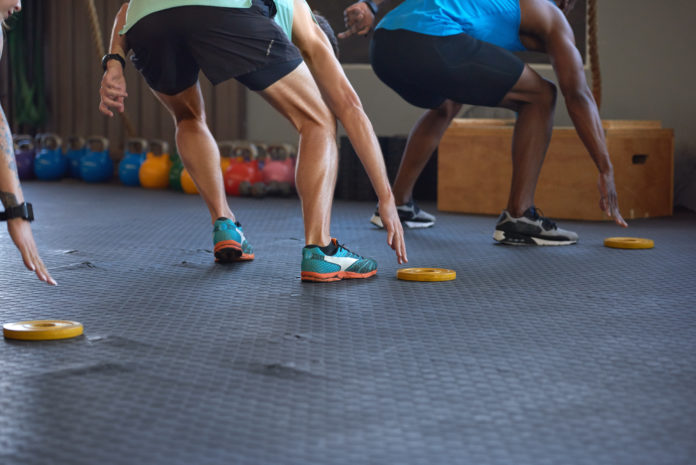by
AJ Lamb, MS, CSCS, PES
Supervisor / Senior Exercise Physiologist of Zarett Rehab and Fitness
Joe Zarett, Physical Therapist
Founder of Zarett Rehab and Fitness
As we observe the wide variety of energy requirements seen in sport, we can assume that their corresponding training programs should not be identical. For example, a racket sport athlete should not be following the same type of conditioning program as a marathon runner. You probably could have guessed this, but why specifically? The demands of both sports are vastly different. The first key to devising a sound conditioning program is understanding work-to-rest ratios and the duration of play. The purposeful training of such, with respect to a specific sport and/or position is commonly termed “energy system training.” Energy system training is the true basis of all sport-specific training when it comes to improving general fitness and/or capacity.
Squash is a game of intermittent high-intensity bursts during a rally. One study from Girard et al. (2007) found the following statistics when observing match play of the most elite players in the world, all of which ranked in the top 25 at the time:
- The average rally lasts approximately 19 ± 5 seconds
- The mean rest time between points was 8 ± 2 seconds
- The mean duration of a game was 8 minutes, with a minimum of 3 games per match
- Despite this 8+ minute duration, the average playing heart rate was approximately 80-92% of their maximum heart rate
Upon gathering this information, we can conclude that the most elite players are very powerful as they are working for less than 30 seconds, at very high intensities, with minimal rest periods between points. Back to our marathon runner—this athlete will be working at far lesser intensity so they can hold such pace for over two hours with no rest. Squash is a game of aerobic power more so than capacity. Aerobic power is simply the level of work done at an instantaneous moment, whereas capacity is holding that same effort for a longer duration. This is the notion that intermittent “sprints” are more valuable than over long distance training. Now, you can see where the one hour of low intensity training on an elliptical doesn’t align well with the demands of a squash match.
A better plan for energy system training should reflect the demands of the sport itself. Squash-specific conditioning should be centered around very intense, short bursts of repeated efforts followed by brief rest periods. Below is a simple three-step process to creating your own squash-specific energy system training program:
- Select your modality
The modality of exercise could be sprinting (outside or on a treadmill), elliptical, rowing machine, stationary bike, etc. The options are endless, though some may be better suited for the individual based on their unique injury history. If you really wanted to get specific, grab a set of cones and create a variety of multi-directional agility drills that best reflect your movements on the court (multi-directional agility, cutting and lunging).
- Select your scheme
Most often, the exercise to rest ratio should vary hovering around 2:1. Durations of work could vary between 10-30 seconds. Within this framework, the shorter work durations, closer to 10 seconds, should reflect a near maximal sprint. Conversely, slightly longer intensities, closer to 30 seconds, must be at a more submaximal rate to allow the repeated efforts to retain quality into the later rounds. Here are three examples worth trying:
- 20 rounds of: 10” work, 10” rest
- 15 rounds of: 15” work, 30” rest
- 8 rounds of: 30” work, 15” rest
- Revise and repeat
Given the variety in the above examples, the total work volume for each is actually very similar ranging from 3’20”, 3’45”, 4’00”; respectively. Having said that, it may be ideal to cycle through each of the schemes listed above making modifications when needed. If 20 rounds seems a bit daunting, try a two-minute walk after round 10 as a “half-time” recovery tool. This could be beneficial to keep the quality of work high during the second half of the session when fatigue begins to set in. Remember, the energy demands of the sport are very vigorous, so the training for such should be as well. Knowing that, make modifications when necessary so that the quality of your efforts can be sustained for entirety of the scheme you select.





